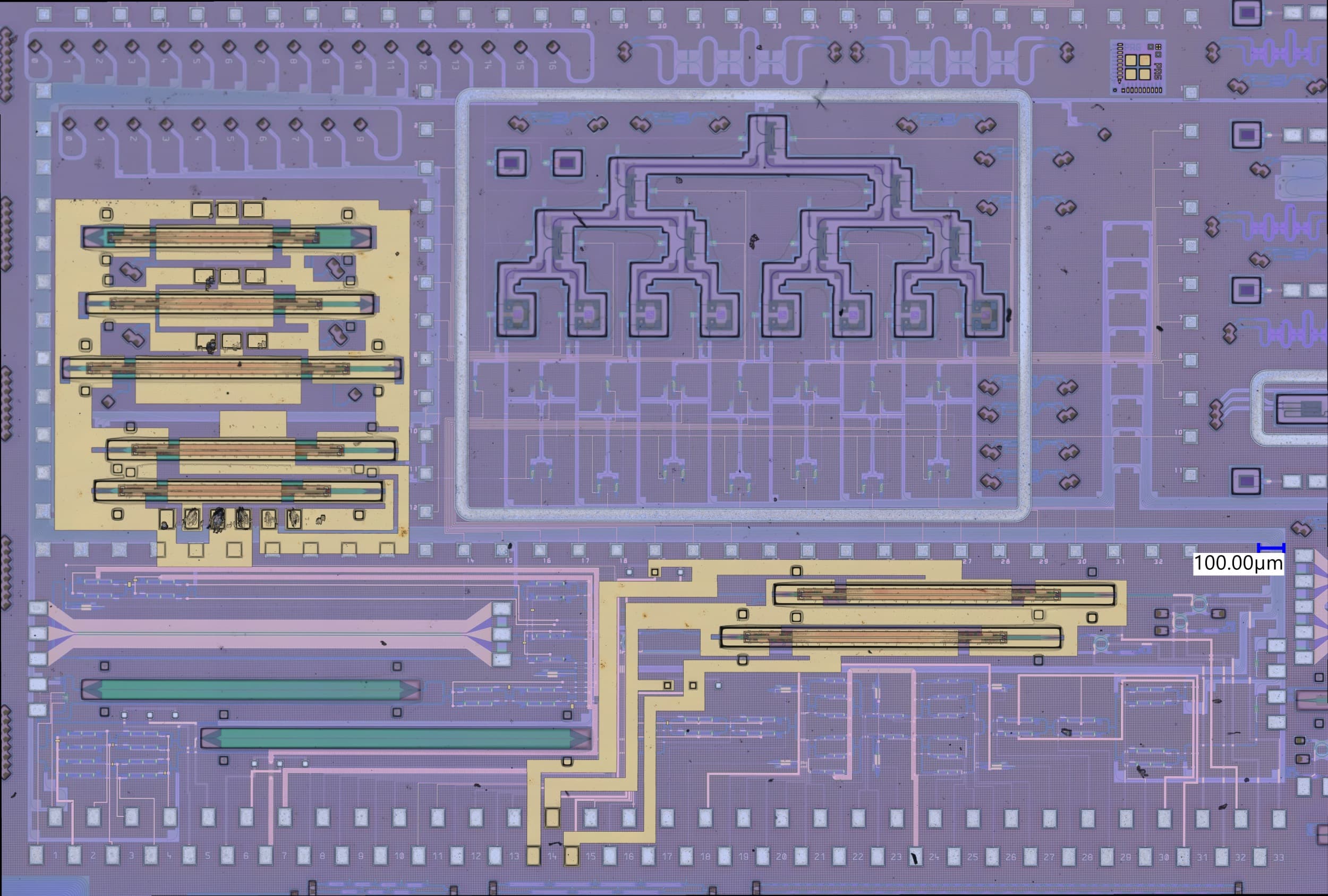The global rollout of 5G mobile networks is in full swing. It ushers in a new era of connectivity characterized by low latency and ten times the data rates of 4G/LTE. But according to researchers at IDLab (an imec research group at the University of Antwerp and Ghent University, Belgium), the real promise of 5G lies in its ability to dynamically support users’ quality of service (QoS) requirements – on demand and in real-time.
This is the focus of a demonstration hosted on the Nokia stand at this year's Mobile World Congress. The showcase results from a collaboration between Seafar (a technology company offering services to operate crewless and crew-reduced vessels), telecom vendor Nokia, service provider Liberty Global and its Belgian subsidiary Telenet, and researchers from imec’s IDLab.
Use case: remote vessel control (with a twist)
The demo puts MWC visitors in the role of an operator remotely controlling a cargo vessel as it enters a port, helping it navigate around obstacles and through busy port sections. For this purpose, a video communication link is established between the vessel and the control room using a 5G network connection.

Figure-1: An operator uses a 5G network connection to remotely control a cargo vessel as it enters a port, helping it navigate around obstacles and through busy port sections. Credit: Taylor Media Company.
Granted, maritime experts might argue that ship management companies are already successfully using 4G/LTE technology to control vessels remotely. So, what makes 5G different?
“This approach eliminates the need to constantly meet maximum bandwidth requirements, especially when they are not needed per se. This is what makes 5G so disruptive.”
Of course, 5G technology supports high-quality video streaming, giving the remote operator a more detailed view of the vessel’s surroundings. And the reduced latency associated with 5G networks allows commands to be relayed quickly and reliably. But beyond bandwidth and latency, the truly revolutionary feature of 5G is its ability to allocate resources and prioritize traffic based on real-time user input.

Figure-2: 5G technology supports high-quality video streaming and reduced latency. Moreover, it allows mobile service providers to allocate resources, and prioritize traffic, based on real-time user input. Credit: Taylor Media Company.
“The demo shows how network settings are reconfigured in real time, dynamically adjusting bandwidth and latency specs based on direct input from the vessel. This allows the remote operator to deal with potential risks more easily, such as nearby obstacles and the presence of other ships. Yet, at the same time, it eliminates the need to constantly meet maximum bandwidth requirements, especially when they are not needed per se. This is what makes 5G networks so disruptive,” notes Nina Slamnik-Krijestorac, senior researcher and principal investigator at imec’s IDLab research group.
Imec’s EdgeApp: bridging users’ requirements and the 5G (core) network
At the heart of this capability is the software-defined networking (SDN) approach inherent in 5G networks. Unlike previous cellular technologies, whose network settings were inaccessible to the outside world, SDN-based 5G technology uses software-based controllers or application programming interfaces (APIs) to expose parts of the network to its users, allowing them to interact with the underlying hardware infrastructure and trigger on-demand network changes.
Dr. Nina Slamnik-Krijestorac: “This is where our EdgeApp comes in. By collecting all the relevant (sensor) data – in this case, about a vessel's location and surroundings – EdgeApp can identify its real-time bandwidth and latency requirements, knowledge that it then feeds into the 5G core network through an API gateway to initiate on-the-fly QoS adjustments.”
“EdgeApp takes traffic prioritization to the next level, ensuring an optimal customer experience without overloading the network.”
By bridging this gap between user requirements and the 5G (core) network, EdgeApp is a true win-win. It takes traffic prioritization to the next level, ensuring an optimal user experience without overloading the network.
Looking for: vertical customers seeking to experiment with on-demand network QoS
Currently in early development, EdgeApp is poised to become the linchpin of a comprehensive middleware platform that enables seamless communication between vertical, industry-specific applications and 5G/6G core networks – all while protecting users from the underlying network intricacies.
“EdgeApp is built on our team's deep understanding of user requirements and extensive networking expertise. Whether enabling remote control of trucks or vessels, or enabling autonomous driving applications, EdgeApp optimizes network resource utilization and eliminates the need for constant manual intervention,” emphasizes Nina Slamnik-Krijestorac.

Figure-3: imec’s EdgeApp middleware bridges the gap between users’ real-time requirements and the 5G (core) network, initiating on-the-fly QoS adjustments. Credit: Taylor Media Company.
“As such, EdgeApp taps into the open interface paradigm of 5G/6G networks and supports the creation of multi-vendor environments where hardware and software from different suppliers can be seamlessly integrated. At this point, imec is actively pursuing novel EdgeApp collaborations, especially with vertical customers who want to experiment with on-demand network QoS solutions,” she concludes.
Want to learn more about the EdgeApp concept? Visit us at MWC and see the technology in action at the Nokia booth (Hall 3 Stand 3A2). Or contact Nina Slamnik-Krijestorac at Nina.Slamnik@imec.be.
Published on:
22 February 2024














